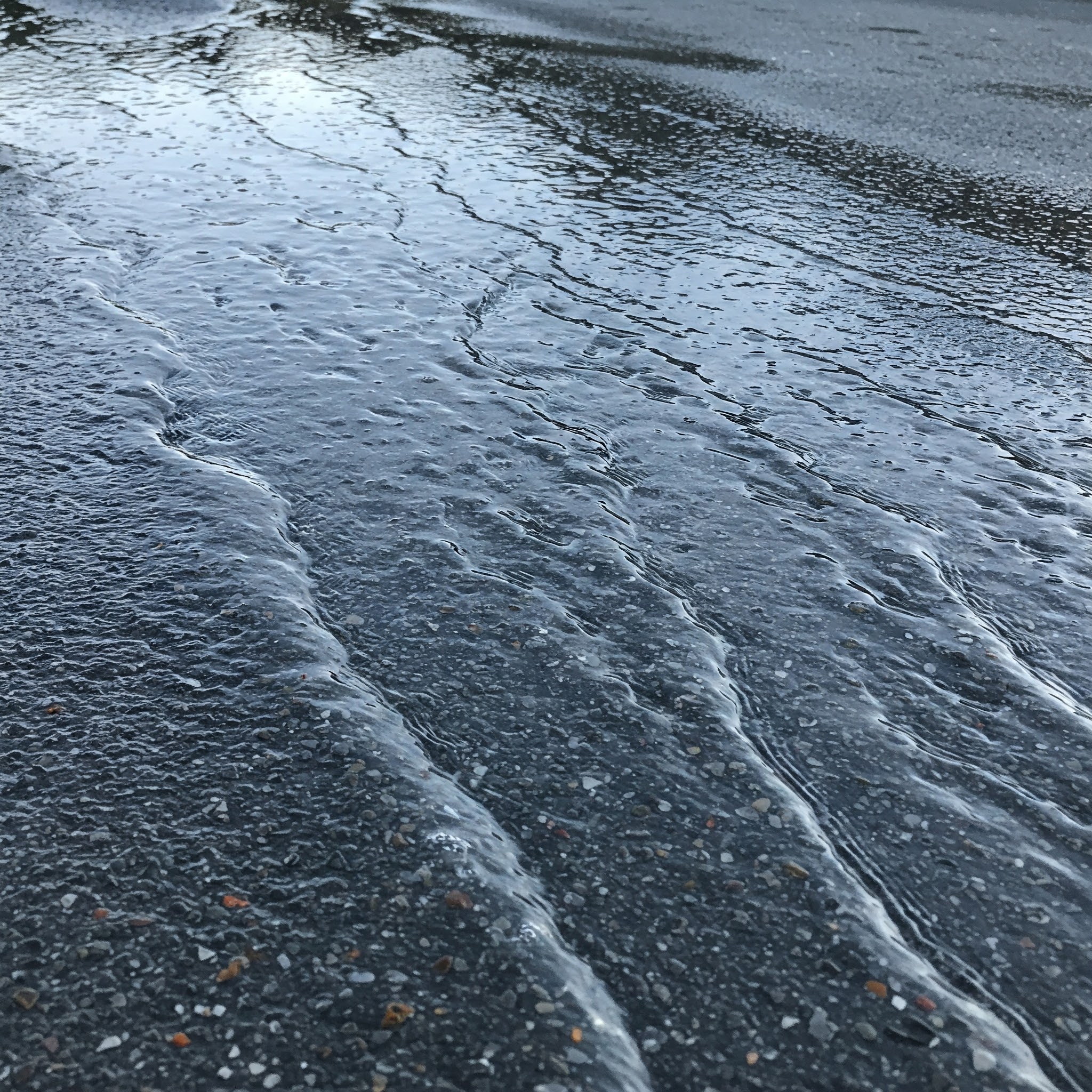Runoff
Rational Method Runoff Formula
|
||
|
\( Q \;=\; C \cdot i \cdot A \) (Rational Method Runoff) \( C \;=\; \dfrac{ Q }{ i \cdot A } \) \( i \;=\; \dfrac{ Q }{ C \cdot A } \) \( A \;=\; \dfrac{ Q }{ C \cdot i } \) |
||
| Symbol | English | Metric |
| \( Q \) = Runoff | \(gal\) | \(l\) |
| \( C \) = Runoff Coefficient | \(dimensionless\) | \(dimensionless\) |
| \( i \) = Rainfall Intensity | \(in \;/\; hr\) | \(mm \;/\; hr\) |
| \( A \) = subcatchment area | \(ft^3\) | \(m^3\) |

Runoff, abbreviated as Q, also called surface runoff, is the water flow that occures on the ground surface when the soil is at full capacity from excess water from rainfall. It refers to the movement of water over the land surface, typically occurring after precipitation or irrigation. When rain falls or snow melts, the water can either infiltrate into the ground, be absorbed by plants, evaporate into the atmosphere, or flow over the surface. The portion of water that flows over the land and does not infiltrate or get absorbed is called runoff.
Runoff occurs when the rate of rainfall or snowmelt exceeds the infiltration capacity of the soil, or when the soil is already saturated. It is influenced by various factors such as soil type, slope of the land, vegetation cover, land use, and rainfall intensity. Once runoff occurs, it usually accumulates in channels, streams, rivers, and eventually flows into larger bodies of water, such as lakes or the ocean. Runoff plays a vital role in the water cycle and the overall hydrological processes of an area. It helps replenish water sources, contributes to surface water availability, and can have implications for erosion, flooding, and water quality.
Efficient management of runoff is important for water resource planning, flood control, and minimizing soil erosion and sedimentation. Various techniques and infrastructure, such as drainage systems, retention ponds, and erosion control measures, are employed to manage and mitigate the effects of runoff in both urban and rural areas.

